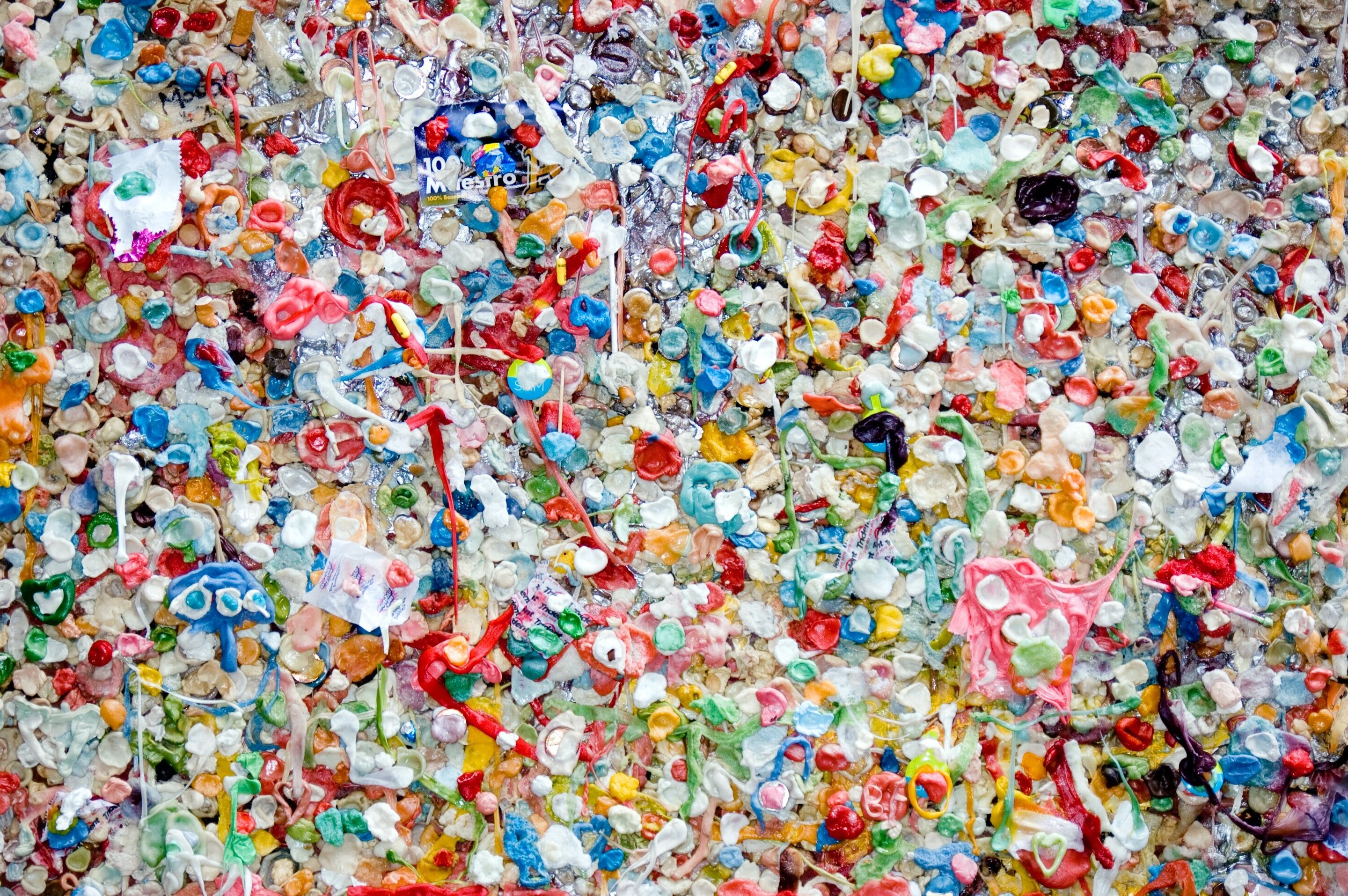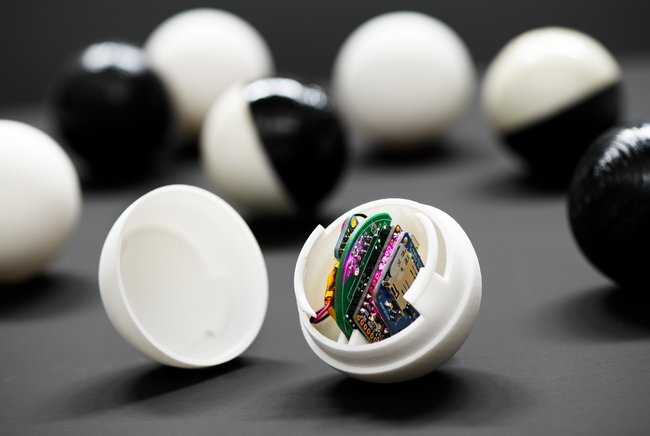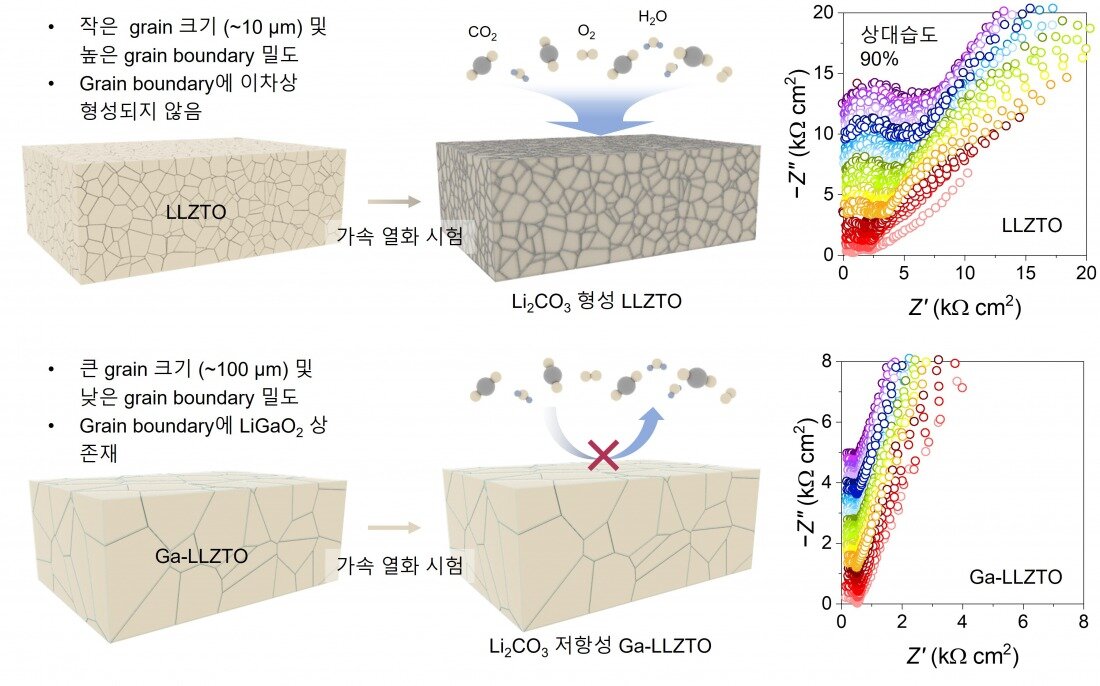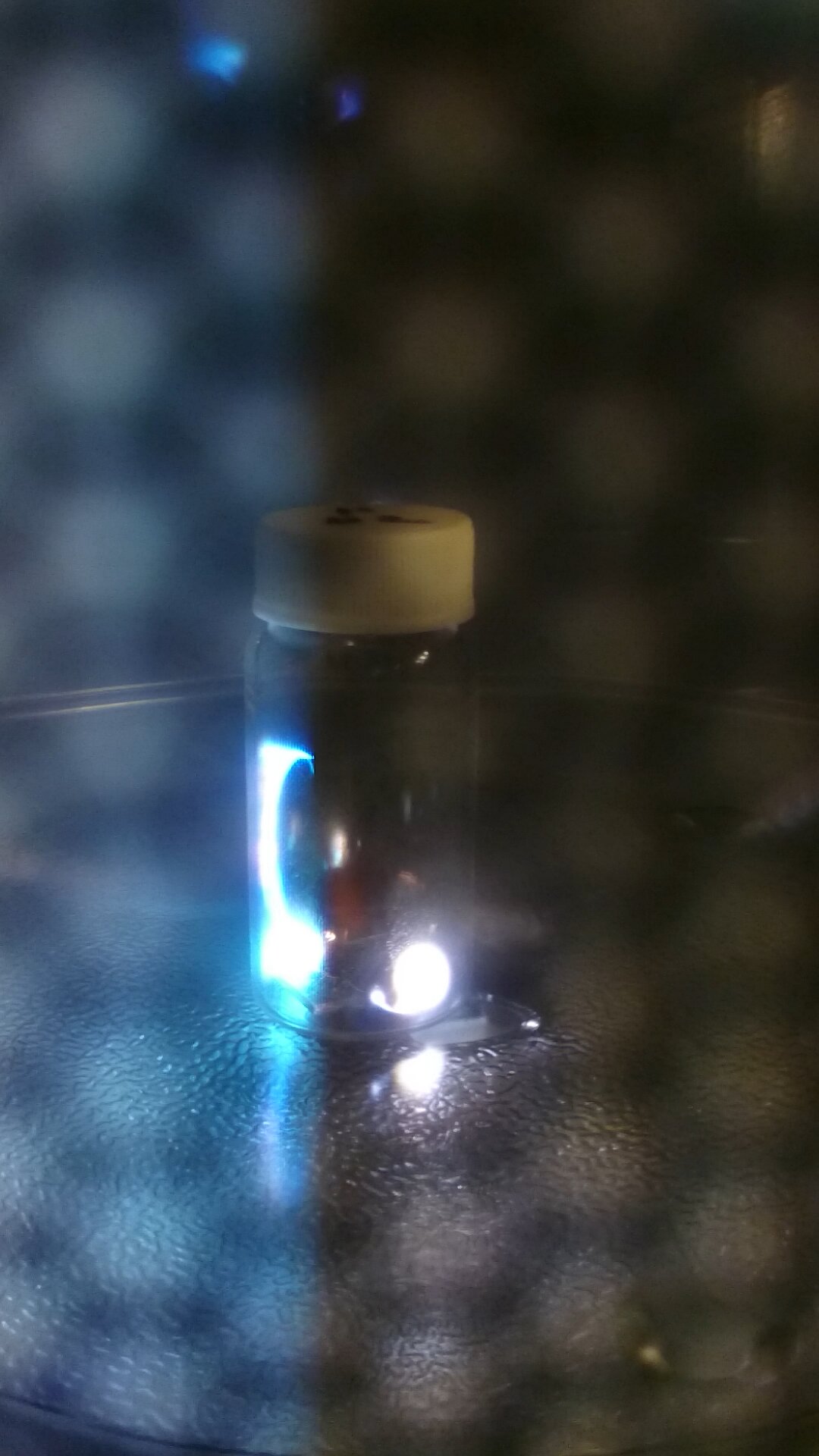#Smart bulk plastic reacts to light, temperature and humidity

“#Smart bulk plastic reacts to light, temperature and humidity”

Imagine that products have a longer shelf life because of smart packaging, that plastic robots are driven by their environment, and that clothing adapts while being worn. In short: that you can make plastic smart so that the material reacts to its environment, for example by adjusting humidity, temperature or light. For his Ph.D. research Rob Verpaalen looked at how you can produce bulk plastics without radically altering the current industrial processing processes. He obtained his Ph.D. on 22 September at the Department of Chemical Engineering and Chemistry.
Plastics are produced cheaply and in bulk quantities. Think of packaging materials and textiles. If these conventional static plastics could be made responsive and therefore “smart,” it could lead to new materials and applications. The current industrial processing process is based on the materials polyethylene, polyamide 6 (PA6, Nylon) and polyethylene terephthalate (PET). To make these materials responsive, they are sprayed with coatings or mixed with additives.
Verpaalen investigated the influence of temperature and humidity incentives on the shape change in Nylon. He showed that bending only occurs thermally at elevated humidity. This shows that shape change can be programmed. In order to convert this simple bending to a more advanced shape change, Verpaalen used a special coating with a spiral staircase structure. By varying the coating thickness, the material no longer bends, but instead forms a curl.
Changing shape by light
Verpaalen then combined a thermoplastic PET substrate with a responsive coating. This created a reprogrammable, light-sensitive and shape-changing plastic. These so-called bilayer actuators react quickly, reversibly and locally under the influence of ultraviolet and visible light. The new plastic even shows several different shape changes in one actuator.
Light sensitive actuators are also developed by adding unique light sensitive azobenzene molecules (with PE side groups) to ultra high molecular weight polyethylene. The highly oriented plastic films then generate exceptionally high voltages, similar to metallic actuators, under the influence of ultraviolet and visible light.
Light-responsive top layer of plastic film induces movement
Citation:
Smart bulk plastic reacts to light, temperature and humidity (2020, September 25)
retrieved 25 September 2020
from https://phys.org/news/2020-09-smart-bulk-plastic-reacts-temperature.html
This document is subject to copyright. Apart from any fair dealing for the purpose of private study or research, no
part may be reproduced without the written permission. The content is provided for information purposes only.
For forums sites go to Forum.BuradaBiliyorum.Com
If you want to read more Like this articles, you can visit our Science category.



